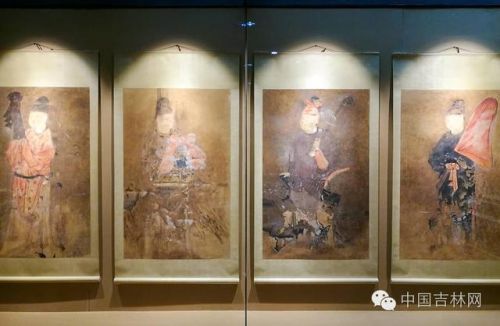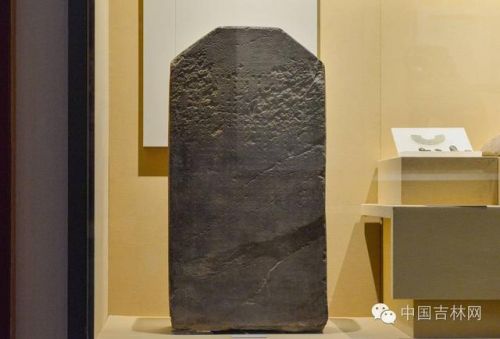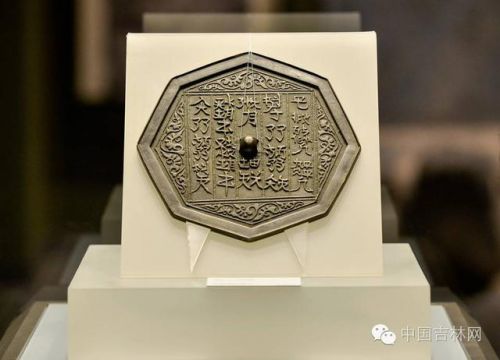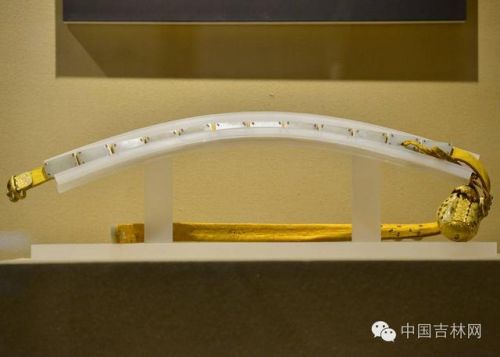Seven highlights from the new Jilin provincial museum
4. Breakthroughs — Balhae discoveries
The exhibition highlights a series of archaeological discoveries related to Bhalhae (698 to 926 AD), an ancient kingdom established after the fall of Goguryeo.
What the Balhae people looked like will be unveiled to the public as evidence to show the country was heavily influenced by the Tang Dynasty's (618 to 907 AD) culture, thanks to a fresco found in a princess's tomb.



This large and intricately engraved bronze mirror is highly valued by Khitan's culture and social values. The five-line-Khitan scripts promote the idea that fates are doomed, life is short, and only by transcending reality can human beings get rid of bad luck, according to historian Chen Shu.
The mirror was found among Jin Dynasty (1115 to 1234 AD) relics in Da'an county in Jilin province in 1971, and was considered to be passed down from the Liao Dynasty (916 to 1125 AD).
6. Best preserved antique — Jade belt with gold buckle

A perfectly preserved jade belt from the Jin Dynasty (1115 to 1234 AD) is delicate in its design, with 18 pieces of jade and more than 70 gold parts.
The belt is a priceless clue for research on Jin's bureaucratic system and its jade-ware techniques.
It was found in Jilin Fuyu county in 1958.
7. More surprises — Six other themed exhibitions
There is even more to explore in the museum through exhibitions on Jilin’s provincial archaeological achievements, Chinese calligraphy and paintings, and pottery and porcelain.
Jilin provincial museum has more than 120,000 antiques on display ranging from prehistory period up until contemporary society. Its collections on the kingdoms of Goguryeo, Balhae, and Liao as well as the Jin dynasties carry a lot of weight nationwide, offering concrete evidence for related historical research.
All the exhibitions are free of charge but visitors must present an ID card or passport to enter.




 Mail
Mail Print
Print Larger
Larger
